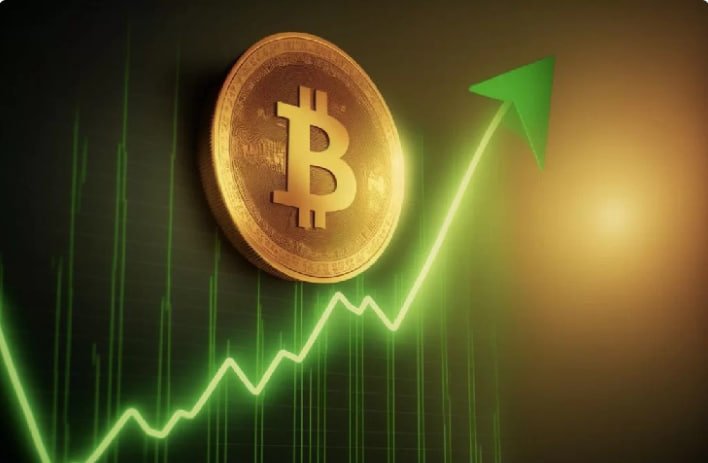The latest surge in Bitcoin’s price has notably occurred without the involvement of individual traders, a departure from previous trends.
Analysis from consumer-oriented platforms like PayPal and Coinbase, along with data from CryptoQuant, indicates a significant drop in activity among retail investors during this rally.
Retail Investors Typically Arrive Late
Historically, individual investors have tended to join the market after Bitcoin’s price has already begun to rise, often following media buzz and social interest. Analysts suggest that the current lack of engagement from these investors could mean that this rally is still in its infancy. Although Bitcoin is nearing its former all-time high of over $73,000, metrics such as internet search trends and app downloads signal that interest from individual investors remains low. Noelle Acheson, in her “Crypto is Macro Now” newsletter, notes, “We’ll know we’re approaching peak hype when individual investors start to ‘pile in.’”
Shift Toward Memecoins
While retail investors are largely absent from the Bitcoin rally, they are not completely disengaged from the crypto market. The rise of memecoins has captured the attention of smaller investors, with the memecoin sector now valued at $61 billion. Projections indicate that retail trading volume in memecoins could quintuple year-over-year through 2024. This surge is facilitated by new tools like pump.fun, which simplify cryptocurrency creation and enable rapid emergence of new tokens.
Institutional Investors Lead the Charge
The driving force behind the current Bitcoin rally is primarily institutional investors, particularly through the use of spot Bitcoin exchange-traded funds (ETFs). Since their introduction, these large investors have contributed approximately $24 billion to Bitcoin ETFs, representing about two-thirds of total inflows. In contrast, this institutional momentum has not extended to the majority of altcoins, which continue to rely heavily on retail investor sentiment.
According to data from Kaiko, smaller investors are encountering obstacles as liquidity becomes increasingly concentrated in a handful of large altcoins, especially as these tokens are unlocked. Furthermore, Bitcoin’s recent decoupling from the broader crypto market means that most altcoins have struggled to keep pace with Bitcoin’s price increases, although a few, such as Solana, Dogecoin, BNB, and Tron, have performed better.
Consequently, the landscape within the altcoin market is shifting dramatically; memecoins now account for nearly one-third of the top 50 altcoins by market capitalization, a significant rise from just 7% last year.
Note: This content is not investment advice.

